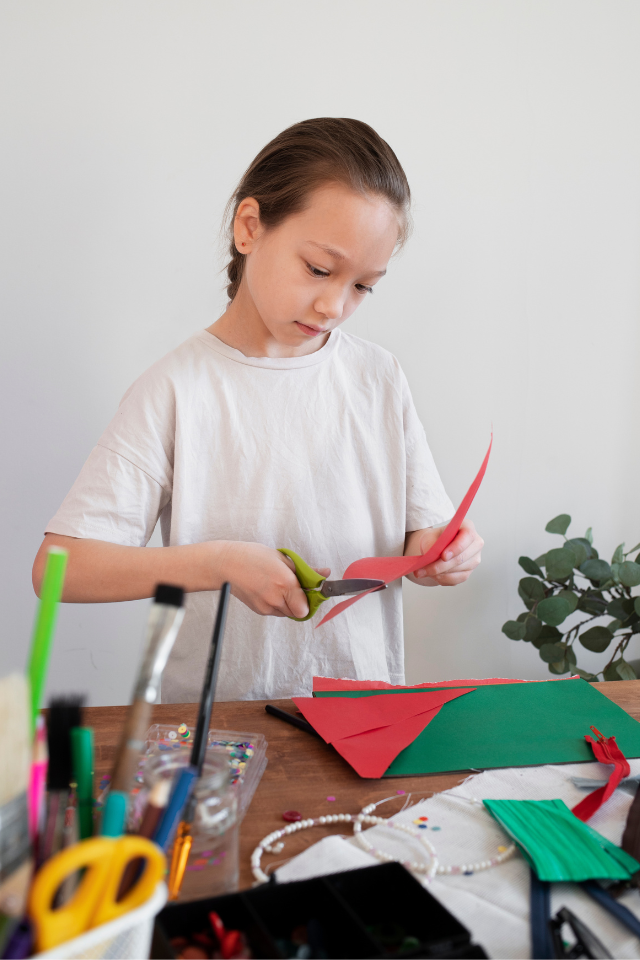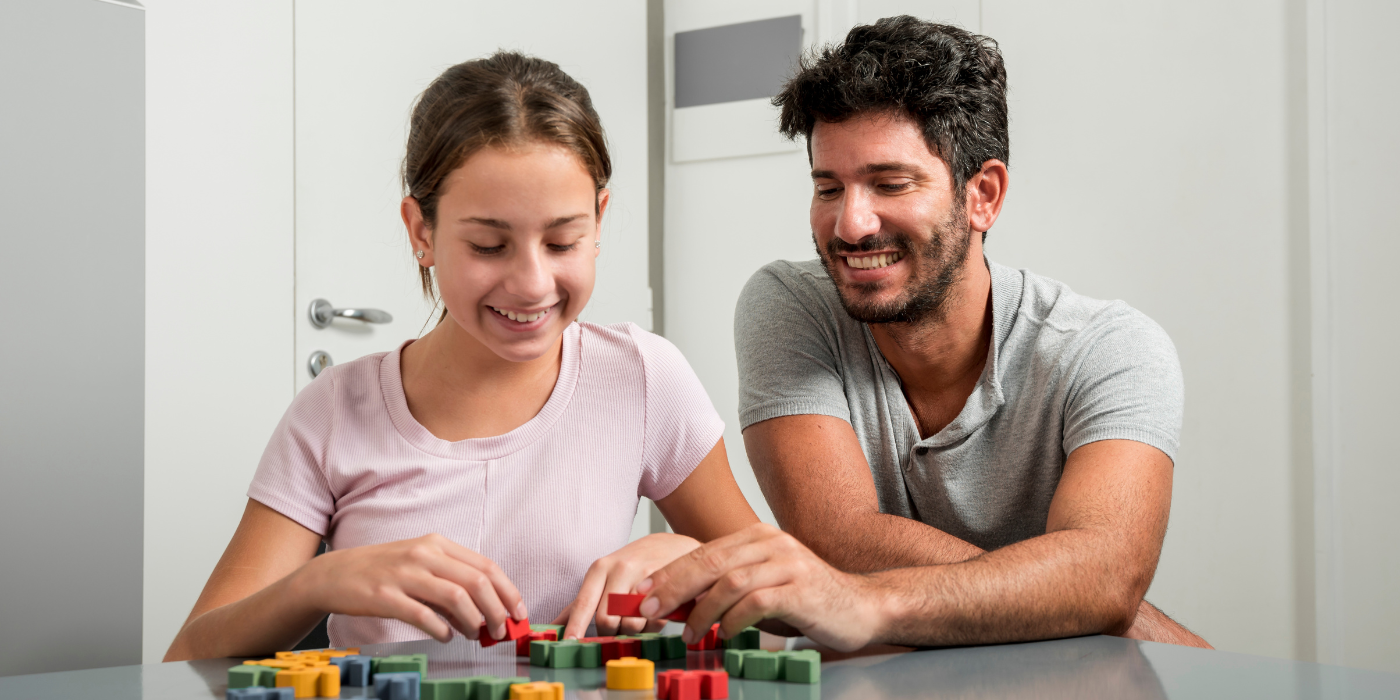Introduction: Letting Kids Be Bored Might Be the Best Thing You Ever Do
In this busy, hyper-connected age, it can feel like a failure as a parent when your kid utters those two dreaded words: “I’m bored.” With all those learning apps, organized activities, and video games available at their fingertips, shouldn’t boredom be a relic of the past?
Not exactly. Actually, boredom is the most powerful tool we can give our children. It compels them to think, imagine, and explore on their own—qualities they’ll take well into adulthood. Fostering creativity and self-sufficiency in kids isn’t about eliminating screen time. It’s about making space for their internal world to blossom.
This blog will teach you how to turn boredom as a complaint into a calling. You’ll find screen-free activities for children, after-school concentration games, and innovative strategies that cultivate thoughtful, independent kids. And you’ll also learn how to cut back on screen time for children without drama at home.
Why Boredom Is Essential for Child Development
It’s worth understanding the value of boredom before we get to activities.
1. Boredom Increases Creativity
When children are not spoon-fed entertainment, their brains get to work. They create games, dream up new stories, build fanciful contraptions—this is authentic, unfiltered creative play.
2. It Fosters Problem-Solving and Perseverance
Without instant gratification, children have to problem-solve for themselves. “What can I do with this box?” or Wondering how to turn something into fun is a key step in developing critical thinking skills.
3. It Develops Emotional and Mental Resilience
Boredom feels bad, and that is okay. Becoming comfortable sitting with bad feelings without immediately turning to a screen or outside fix is a critical emotional competency that results in better self-regulation.
Tips for Creating a Space That Encourages Independence
You don’t require a Pinterest-perfect playroom or a closet of Montessori toys to bring up an independent child. What counts most is the environment of curiosity and freedom to discover.
Practical Tips:
Create a “yes” zone: A space where your child can play, construct, and discover with the least amount of adult involvement.
Provide open-ended materials: Consider cardboard, crayons, LEGO, scraps of fabric, wood blocks—anything that does not have instructions.
Be comfortable with mess: Creativity can be messy. Let them have the space to create a little bit of havoc (within reason).
Restrict over-scheduling: Not every hour must be planned. Make some space in the day for free, unstructured time.
Screen-Free Activities for Kids That Inspire Creativity
Most parents observe their children reach for a tablet the moment they get bored. But boredom does not have to culminate in a digital binge. Experiment with these entertaining, screen-free activities that engage both body and brain:



1. DIY Crafts and Creative Arts
- Create some sock puppets and attempt a puppet show from home .
- Create colorful rock art and arrange it in a garden space outside.
- Begin a family comic book series with everyone contributing a panel.
2. Indoor Adventures
- Construct a “no adults permit” fort with blankets and chairs.
- Construct an indoor treasure hunt with clues.
- Build a DIY marble track using paper towel tubes and string.
3. Outdoor Exploration
- Nature scavenger hunt using a do-it-yourself checklist.
- Construct sidewalk chalk mazes or hopscotch.
- Create a magical bug or fairy shelter with twigs, foliage, and small rocks.
After-School Concentration Games for Cognitive Development
The moment school ends, most children are over-stimulated or in search of instant gratification. That’s why after-school concentration games are so important—they relax children while enhancing their concentration, patience, and problem-solving.
Try These Brain Games:
- Tangrams or jigsaw puzzles: Excellent for spatial thinking and reasoning.
- Story dice: Roll a group of picture-based dice and develop stories out of them.
- Board games such as “Rush Hour” or “Zingo”: These instill planning, memory, and patience.
- Memory match cards: Assists in sharpening concentration and recall abilities.
How to Cut Down Screen Time for Children Without a Battle
One of the most prevalent parenting conflicts these days is about screens. And it’s not necessarily about restricting the time—it’s about providing alternatives children really like.
Proven strategies that work:
Set clear limits together: Involve your child in creating a daily or weekly screen schedule. Visual timers or charts can help.
Create tech-free zones: Bedrooms, mealtimes, and car rides can be screen-free by default.
Offer “boredom jars”: Fill a jar with activity ideas like “build a cardboard castle” or “write a letter to a grandparent.” When kids say “I’m bored,” let them draw one.
Lead by example: Children imitate our actions. If you wish to have them off devices, demonstrate the pleasure of reading, gardening, drawing, or unwinding without screens.
How to Answer When Your Child Tells You “I’m Bored”
This can be make-or-break time for their creative autonomy. Avoid the temptation to instantly entertain or distract.
Use these responses:
- “That’s all right. I look forward to seeing what you’ll do.”
- “Boredom is your brain getting ready for a big idea.”
- “Want to check the activity jar?”
- “What’s something new you’ve never done—but could start today?”
- Give it a few minutes. The initial frustration often fades as kids find their own rhythm.
What You’re Actually Teaching
When you allow your child to be bored and allow them to work through it without saving them with a screen or planned activity, you’re teaching so much more than patience.
You’re teaching:
- Self-reliance
- Imagination
- Grit
- Decision-making
- Emotional tolerance
These are skills that will serve them for the rest of their lives that start in those mundane moments when not much is going on—beyond a child learning how to think for themselves.
Conclusion: Boredom Is the Secret Ingredient to Raising Creative, Independent Kids
Boredom is not the enemy. It’s a doorway. When kids have the space and room to pursue their interests without constant adult direction or screen distraction, their innate creativity thrives. They’ll start solving problems, creating games, and engaging in meaningful ways.
By introducing screen-free activities for kids, incorporating after-school focus games, and learning how to reduce screen time effectively, you’re giving your child more than just something to do—you’re giving them the tools to grow into confident, curious, and capable individuals.







